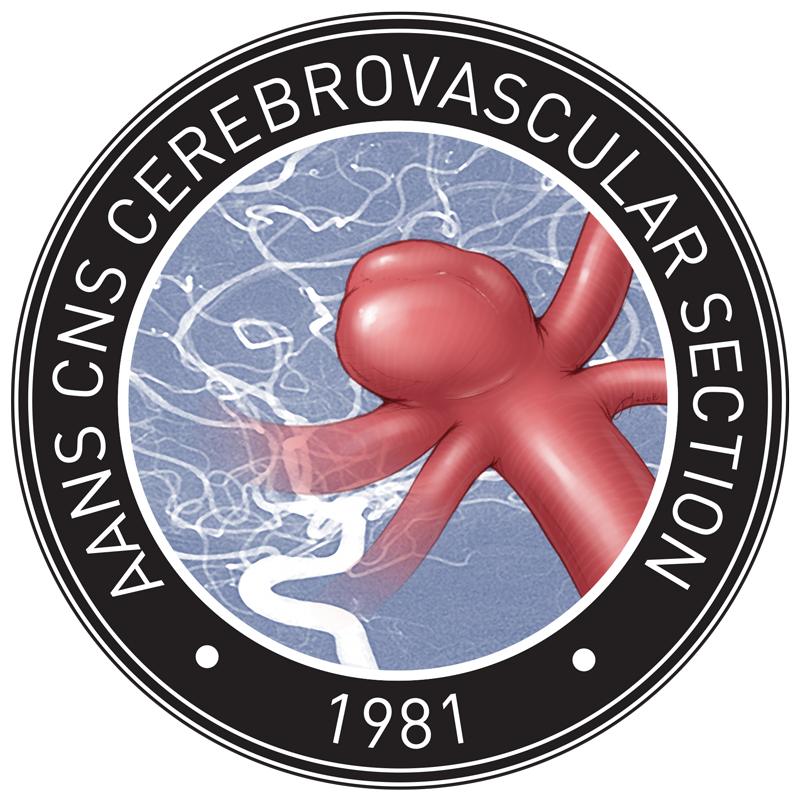Declining complication rates with flow diversion of anterior circulation aneurysms after introduction of the Pipeline Flex

The Pipeline embolization device was initially approved by the FDA in 2011 and in 2015 the FDA approved the second generation Pipeline Flex device. The Pipeline Flex device had the same stent technology but had enhancements allowing for resheathing, improved opening and improved navigability. In this retrospective cohort, 494 patients underwent 568 Pipeline procedures – 252 PED classic and 316 PED Flex cases. The mean aneurysm size was 6.8 mm and 79% of aneurysms were smaller than 10 mm. 18% of patients had received previous treatment. The majority of aneurysms treated arose from the ICA for both the Classic(89%) and Flex(75%). Increasing percentage of ACA and MCA aneurysms were treated with the Flex device. Within the cohort there was improved procedural success with the PED Flex device (98%) than the PED Classic (96%). Fluoroscopy time and radiation exposure were significantly lower for the Flex device procedures. Comparable rates of balloon angioplasty (13%), stent thrombosis (4%) and 1 instance of wire perforation were encountered with each device. Overall rate of major complications was 3.5%, however, complications rates were lower for the Flex device (1.9%) and Classic (5.6%). For PED classic, the rates of major stroke, ICH, SAH, and mortality were 2.0%, 2.4%, 1.2%, and 1.6%, respectively. For PED Flex, the rates were 0.3%, 1.3%, 0.3%, and 0.6%, respectively. There were no statistically significant differences by device generation for any of these major complication subtypes when considered individually. Variable not predictive of major complications were aneurysm size, morphology, prior treatment, adjunctive coiling, balloon angioplasty, catheter technology, anatomical features, including tortuosity and high-grade cavernous anatomy. While additional consideration for the difference between complication rates may be related to an evolving patient population which now includes smaller carotid aneurysms and more distal anterior circulation aneurysms, improvements in catheter technology and the user experience curve, the authors indicate that based on multivariate logistic regression, device type remained the strongest predictor of major complications.
https://thejns.org/doi/abs/10.3171/2017.7.JNS171289
